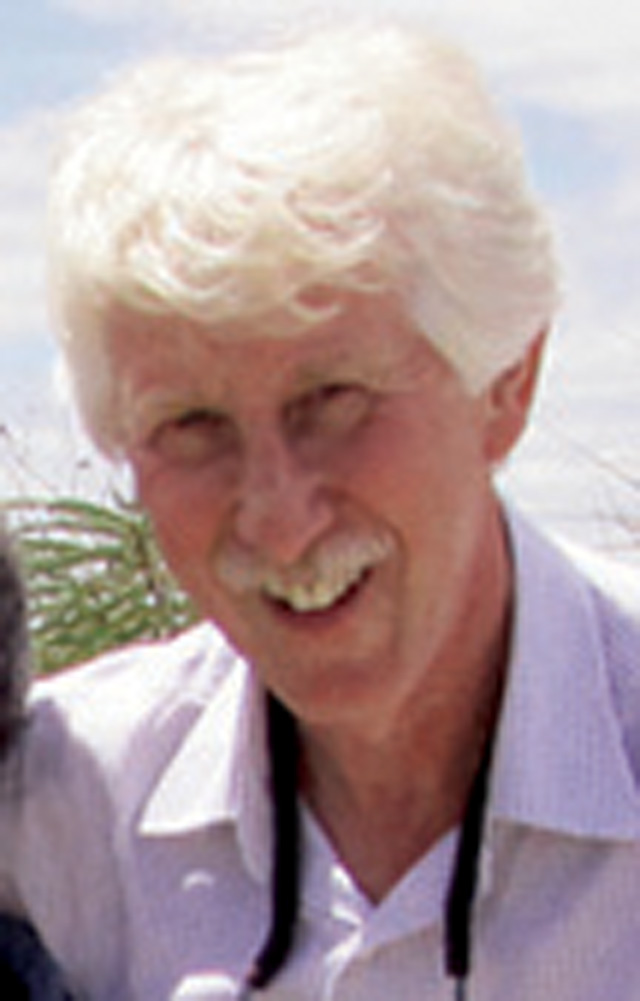The river is our Father
A hydro dam mega-project planned for the San Francisco River threatens the Quilombola culture, heritage, and way of life
By Sandy Gibbons
January/February 2011
Return to Table of Contents
Print Article
What is the lens through which you look?
The reality of the Quilombo peoples in northeastern Brazil was formed centuries ago when their ancestors were brought here as slaves to work the sugarcane plantations of Pernambuco State. From the mid 1500s until 1888, when slavery was abolished in Brazil, the people hid in fear from their slave driving masters. Today the Quilombola are the descendants of these runaway slaves. Their reality was conceived in their past where the memory of their history extends beyond these bounds to East and West Africa.
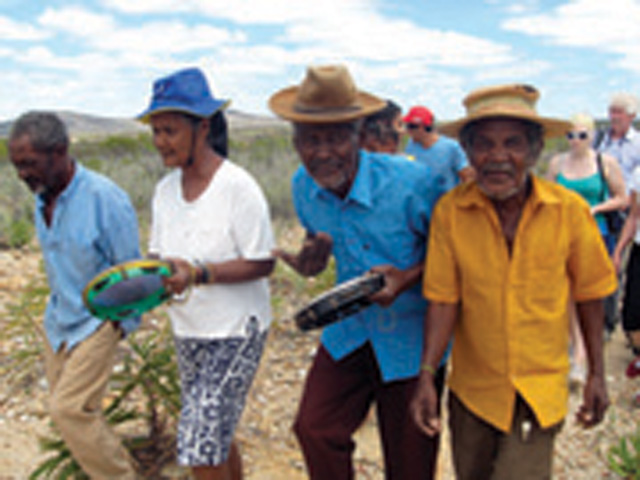 Albertina, her brother Aubino (centre), and João lead our procession to the shrine to Our Lady on the hilltop overlooking the majestic San Francisco River. A planned hydro dam mega project will submerge the lands where they have lived for 300 years.
Albertina, her brother Aubino (centre), and João lead our procession to the shrine to Our Lady on the hilltop overlooking the majestic San Francisco River. A planned hydro dam mega project will submerge the lands where they have lived for 300 years.
My reality extends from Ireland from whence my ancestors seven generations back, now some 300 years ago, set out for the island of Newfoundland to find a new life free from the harshness of landlessness.
When I visited Brazil last August as a member of Development and Peace, all my knowledge of Brazil and its people, previous to our exposure trip, was gathered from the Internet, D&P literature, and my own bias from previous education. What was I to find on my journey to Brazil?
Part of our trip was a visit to the Quilombo settlements. We drove for 10 hours to the city of Santa Maria da Boa Vista located in the state of Pernambuco along the San Francisco River. We were accompanied by representatives of MAB (Movement of People Affected by Dams), a Development and Peace partner. Within a 30 minute drive from this city, three Quilombo communities, Sonnote, Inhanum and Cupira, with between 500 to 760 inhabitants, live on the land settled by their ancestors. Their land is semi arid with sandy rocky soil and low growth trees and shrubs. The San Francisco River, which provided refuge to their ancestors, has nourished and allowed the culture of the Quilombo peoples to grow and be established along its waters. There is a similarity to their bounty and that of my Canadian province. How can we be sustained and nourished from the bounds of the earth to which we become attached?
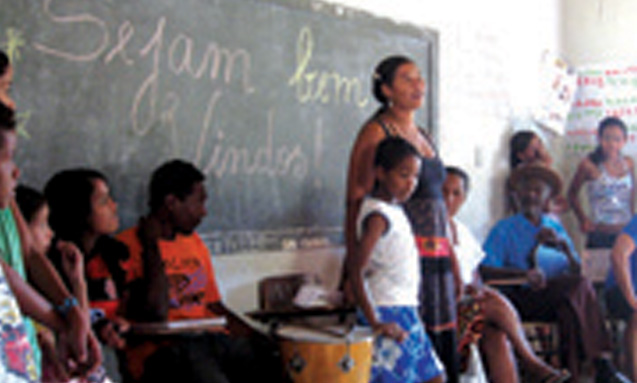 Young people of the community packed the school room where we met and listened attentively as their teacher and others spoke to us about the proposed hydro dam.
Young people of the community packed the school room where we met and listened attentively as their teacher and others spoke to us about the proposed hydro dam.
Today, the Quilombo culture, land, and livelihood are under threat. The national and state governments together with private companies are pushing for greater economic growth with a plan to build two hydroelectric dams on the San Francisco River. This plan will have major adverse effects on the Quilombolas. That plan proposes to submerge their lands and destroy their homes, communities, fishing grounds, and the farmlands where they grow their food and herd their animals. There will be a complete destruction of their way of life including the culture and heritage that is their unique development. Their ancestors found these lands many centuries ago and the people we met are resolved that their lands will not be sold, destroyed, or taken for the benefit of the materially powerful.
Bookmarked between economic development and these communities is a large wealth disparity between the rich of Brazil—where 1.6% of the population control 47% of the land—and the poor who have very little material power. In this country there is a disconnect between the desires of the rich and the needs of the poor. Past experience in Brazil has shown that when hydroelectric dams are built, the people are for-cibly evicted and not properly compensated for their lands. Ironically the dams provide little benefit for the people affected. This fact is clear to the Quilombo people who are against this mega project and ask the question, ”Development for whom and for what?”
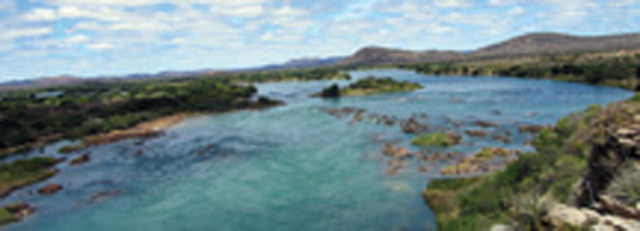 At a cost of three billion dollars, 620 kilometres of canals are being built to divert water from the San Francisco River. The MAB, CPT, and other groups claim that the real purpose of the canals is to expand sugarcane production and shrimp farming. The poor will see no benefit from the mega project.
At a cost of three billion dollars, 620 kilometres of canals are being built to divert water from the San Francisco River. The MAB, CPT, and other groups claim that the real purpose of the canals is to expand sugarcane production and shrimp farming. The poor will see no benefit from the mega project.
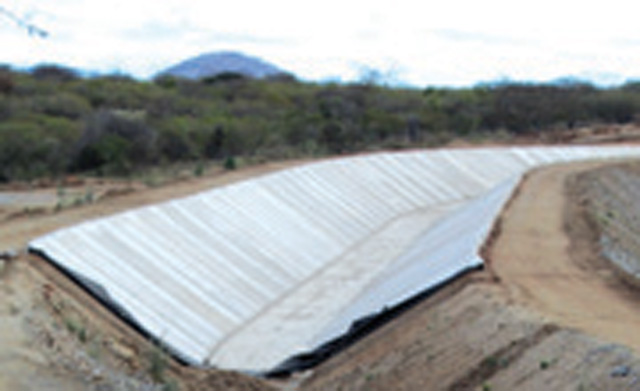
The Quilombo people have been nourished by this arid earth and bountiful San Francisco River which form the edges of their existence. They have an intrinsic link to the culture, heritage, and earth that they have formed as home. They have established the sacredness of this place which captures their energy that forms their internal power. This is their divine space that nourishes and forms their essence.
Aubino, a community elder, accompanied us throughout our visit. When he spoke, people listened and he was given a place of honour at our gatherings. It was through his words that wisdom flourished. Our realities became linked when in a humble voice he stated, “We will not let them destroy the River that is our Father.” His words spoke of a blend of the spirituality of their African ancestors with their Christian faith. We continue to uncover riches where least expected. There is a connection between humanity, the earth, our Creator, and the unfolding divine. The lens through which I now see is multi-layered. My knowledge is no longer veiled but broadened to encompass other realities. My consciousness is now etched with the scenes and voices of a Brazilian reality that was previously unknown to me. I now know a little more of what Development and Peace means and the multi-layered realities that it represents, an expression that I would offer as “realitization.”
Sandy Gibbons, an architect living in Newfoundland, has chaired the St. Pius X parish Development and Peace committee for the past 16 years and the St. John’s Diocesan Council for the past two years. In 2006, he participated in a national D&P delegation to the World Water Forum in Mexico City.
Return to Table of Contents
Print Article
